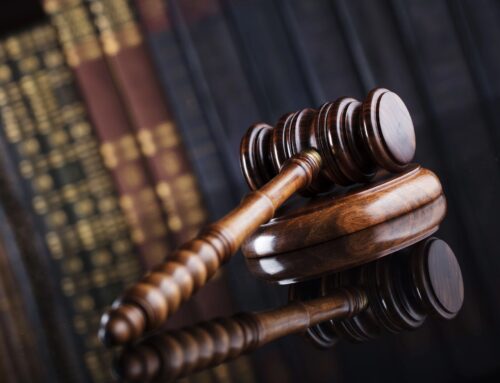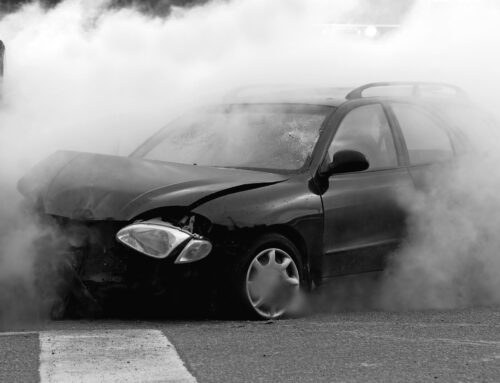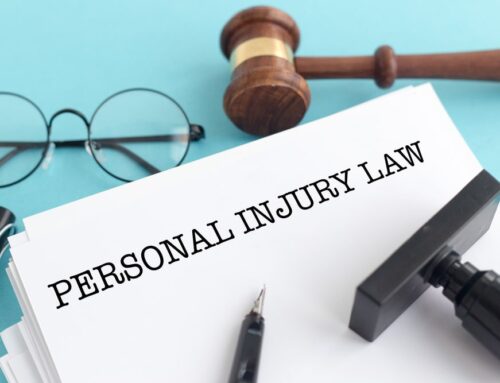A lawyer from a leading litigation law firm Washington, DC can explain that all lawsuits require some degree of litigation in order to resolve the matter. Litigation refers to the processes and actions that are involved in order to reach a resolution in a lawsuit. Lawsuits are initiated by the plaintiff and are essentially a complaint that requests intervention by a civil court. Litigation happens through every step of the lawsuit process regardless of the reason for filing. So essentially, litigation is happening prior to, during, and after filing of any lawsuit.
Goal of Personal Injury Lawsuits
The primary goal of a personal injury lawsuit is to pursue and obtain financial compensation from the party who is allegedly responsible for the injury. By proving liability on behalf of the responsible party, a compensation can be demanded by the judge in the form of a financial award. The award effectively helps satisfy the wishes of the plaintiff and will help them recover from their losses that were a direct result of the injury or condition. Although in some personal injury cases, an award amount cannot feasibly make up for less tangible losses, the money is helpful for making the recovery process less impactful financially.
Determining liability
In order for a personal injury lawsuit to succeed, the victim and their lawyer are required to provide substantial evidence that aids in proving that the defendant was liable for causing the injury or contributed to conditions that caused it. Evidence may include police reports, medical records, photos of the scene and injuries, as well as eyewitness testimony. The personal injury lawyer will help their client develop a strategy for acquiring substantial evidence to support their claim.
Compensation for Damages
Following an alleged instance of personal injury where another party is suspected to be liable, compensation can be pursued. Compensation can be pursued to assist with the costs for existing medical bills, and anticipated expenses resulting from the injury or condition. For example, if you were injured in a car accident, and will require physical therapy for an extended period of time, those expenses can be included in the compensation demands.
Compensatory damages are usually categorized as being either economic or noneconomic. Economic damages are tangible damages that can easily be quantified. Their value cannot be interpreted differently based on their perception in the eyes of the jury that is reviewing them.
Economic damages:
- Past and future medical expenses
- Past and future lost wages
- Household services
- Vocational rehabilitation
- Property damages
- Out-of-pocket expenses
- Lost earning capacity
- Medical expenses may also be included under economic damages. These damages are bills that arise out of the injuries that are caused.
Other medical expenses that compensation can be collected for:
- Chronic physical health issues
- Chronic mental health issues
- Surgeries
- Future treatments
Noneconomic damages:
- Pain
- Emotional anguish
- Humiliation
- Reputation damage
- Loss of enjoyment of activities
- Worsening of prior injuries
Noneconomic damages are more difficult to quantify because they pertain to experiences that the victim had to endure, such as pain and suffering, humiliation, anguish, or loss of enjoyment of activities that once brought them fulfillment and joy.




